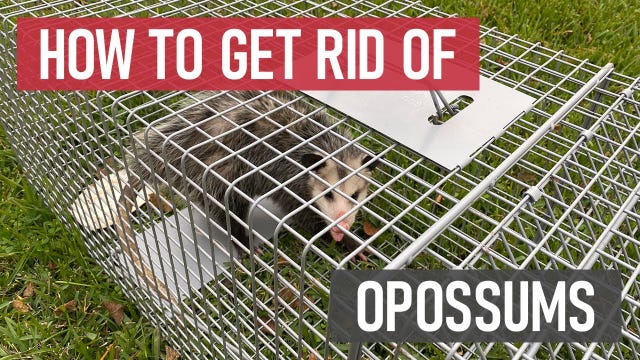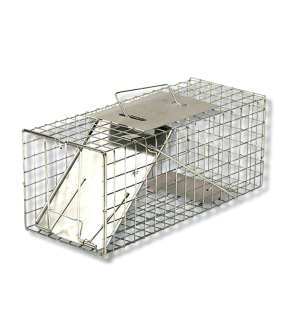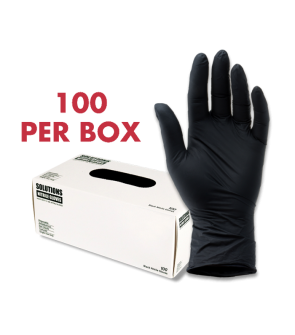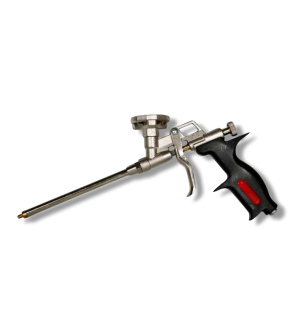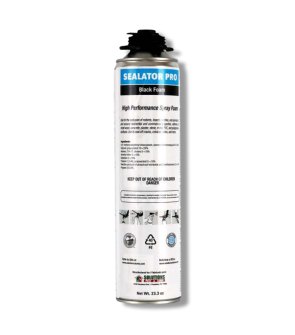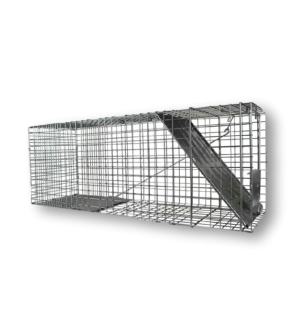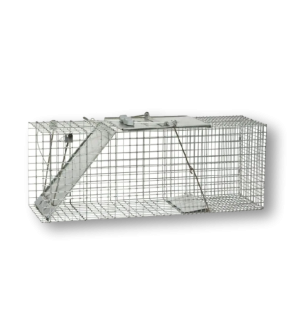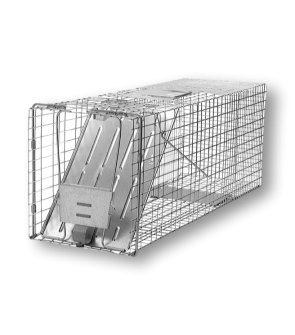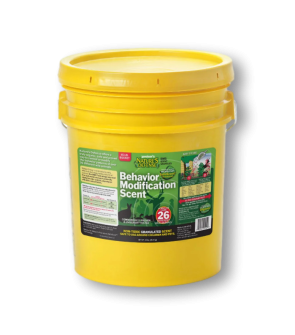Gain access to personalized product screening, the best pricing, rewards, and more!
Most Effective Products
Opossum Control: How To Get Rid Of Opossums
This page is a general opossum control guide. Using the products and methods suggested, you will get control of opossums. Follow this guide and use the recommended products; we guarantee 100% control of opossums. Consult your local and state guidelines to see if the possum is a protected species in your location before applying control, and proceed with caution, as opossums can be dangerous.
Have you been startled by the appearance of an oversized rodent that was about the size a housecat? It likely was an opossum. Opossums or “possums” are very adaptable pests that are not aggressive, but when threatened will attempt to defend themselves.
Possums can wreak havoc in gardens and backyards by feeding on crops and vegetables. They have been known to get into fights with pets. In addition, they carry a high number of diseases, such as tuberculosis, tularemia, spotted fever, Chagas diseases, and leptospirosis.
If you want to know how to remove opossums on your property, follow our DIY guide for product recommendations and instructions.
Identification
Identification is the first step in control. Before you can treat, you need to make sure you’re dealing with opossums. Below, you can find the common characteristics that set opossums apart.

- Opossums are medium-sized animals that are about the size of a cat, measuring about 40 inches in length with the tail included.
- Mostly grayish-white to black in color, these animals have a white face, a pink nose, black paws, and hairless black ears with tips in pink. They also have a long, pointed snout.
- In addition, they also have a long rat-like tail. These hairless tails are prehensile allowing the opossum to grasp, carry, and wrap around things like tree limbs to aid in their balance.
- Much like people, the back feet of an opossum have an opposable toe that helps the animal grasp and hold branches.
- Opossums are marsupials, so the females have pouches they use to carry their young. It is located on its abdomen towards its tail. You may also see several young opossums cling to their mother’s back as the mother forages around.
- The opossum will "play dead" when they are threatened. The animal will look - and even smell - like they are dead. They will not move, their mouths will be open, and their anal glands will secrete an odor. This defense mechanism can last between a few minutes to a few hours.
Use the image and description above to confirm that you are dealing with an opossum on your property. If you are unsure, contact us, and we will help you identify the problem.
Inspection
Once you have confirmed that your pest animal is an opossum, it is helpful to recognize the areas where it is most active. Perform an inspection to pinpoint where the opossum is frequenting, as this is where you will want to focus control.

Where To Inspect
Opossums are able to live a variety of habitats as long as it produces a dry, safe, and sheltered place.
They are mainly found in forests, grasslands, farmlands, and woodland areas, but they can also be found in cities, suburban, or urban areas. Opossums can travel up to 1 mile per day as they wander and forage.
Indoors, an opossum will seek warm, dry places. This can be in attics, crawl spaces, garages, and under porches or patios. If you have any clutter or storage bins in your building, they are most likely near these particular spots. Search the corners and crevices of the room as well.
Opossums tend not to cause structural damage to get inside buildings, but they will take advantage of entry points created by other invasive animals like rodents or raccoons.
Outdoors, they can be found nesting in the cavities of tree hollows, brush piles, or wood piles. They will also not pass up any open spaces underneath buildings or in abandoned animal dens.
During the night you may see these animals traveling on a building's roof, in tree branches, near chicken coops, or garbage cans.
Opossums are nomadic and tend not to stay in the same den for multiple nights in a row.
What To Look For
Opossums are mostly nocturnal but can be seen during the day if their need for food arises. Besides seeing the animal itself there are other signs you can watch out for to determine if you have an opossum problem.
Since these animals are known for climbing you may expect to see torn roofing, missing roof shingles, and damaged siding, eaves, gutters, and plant limbs.
Additionally, signs of scratching and bite marks on the foundation, home interior walls, and insulation can be seen as this animal is trying to create entry points.
Though it could be several animals, the opossum may be one of the reasons you are seeing missing chickens or other birds around their size kept in cages found dead.
The odor of these animal droppings, urine, and natural musk is hard to miss since it has a strong ammonia smell. An opossum's dropping is dark brown to black with some yellow or white hues, cylindrical, curled in shape, and tapered at the end.
Sounds such as hissing, shrieking, clicking, or scratching are sure signs of this pest. The babies will also make these noises but on a quieter scale.
Trash cans that were knocked over on your property and damaged gardens from the pest's foraging activities may be present.
Try looking for their tracks in mud, sand, dust, or other surfaces. Both the forepaws and hind paws have five digits. The tracks from an opossum’s forepaw look similar to other tracks like from a raccoon, but you can tell the two apart by looking at their hind paws.
The hind paw print from a raccoon has an elongated heel, and the hind paw from an opposum features its distinct extended thumb.
Treatment
Be sure to wear the proper personal protective equipment (PPE) before you try to control the opossum. Wear gloves when handling any pest control product to prevent leaving your scent. If a possum picks up a human scent on the trap, it will avoid it, making it ineffective.
Now that you have identified your pest animal as an opossum and noted areas where it is most active, you can begin to remove the opossum.
The best way to get rid of opossums is to address their food sources and then set up a humane animal trap.
Step 1: Remove Food and Habitat

If an opossum has become a problem around your home, the first step is to remove their food and nesting sources. By removing these temptations the animal will have no reason to visit your property.
Feed your pet indoors or be sure to empty their food bowels in a sealed trash receptacle. Pick up any fallen fruit and vegetables from the ground.
Leaving these food items, as well as seeds from a bird feeder or corn in a chicken coop would only tempt a possum. Pick up these food sources immediately to avoid this.
It's also important to secure the lids of outdoor trashcans and dumpsters and to cover compost bins so opossums cannot feed from them.
In addition to removing food, we also recommend you prune or trim away overgrown foliage and tree branches, keep your grass trim, and cover any small bodies of water such as pools or ponds. Keeping foliage trim will reduce possible den spots, and covering water sources limits the opossums’ access.
Not to mention an overgrown turf could attract other critters and insects that an opossum typically scavenged for.
Fill up any burrows drugged by other animals with rocks or other suitable materials.
Remove any fallen trees and hollow stumps on your property.
If you own chickens or other poultry, always lock them up before duck and ensure the fencing is secure. A special type of fencing called hardware cloth can make it difficult for opossums to travel through.
Step 2: Place the Trap
For the best success rate, proper placement is key. The most effective spot for your live trap is where you’ve seen animal activity.
It’s important this spot is also in regular shade or not in constant sunlight, as an animal can die from overexposure if left in the sun too long without a way to escape.
Place your trap along the edge of your property, or close to any food or water sources away from human or pet activity. Physical boundaries like fence lines and garden edging make great placement guides, so place your live trap in these areas lengthwise against the perimeter.
Inside structures like in an attic or basement, set the trap against the wall close to opossum activity. Indoors or outdoors, we recommend you place a weight on top of the trap to hold it in place and stop animals or weather from knocking it over.
Be sure to place the large-size version of the Solutions Humane Live Animal Trap on an even surface. An opossum might push or knock over the trap to reach the bait inside. Place a brick or weight on top of the trap to avoid this.
Step 3: Bait and Set the Trap
To increase the likelihood of catching your target, we recommend you pre-bait the trap. This involves setting bait but not rigging the trap to shut. This allows animals to get used to the trap’s presence and view it as a food source.
These animals prefer strong-smelling foods so we suggest using fish, apples, canned pet food, peanut butter, or marshmallows.
Depending on the urgency, you can pre-bait traps for several days to two weeks, but keep in mind that a failed capture can lose the animal’s trust quickly.
Open the trap, but tie the door to the cage to prevent it from closing. Set bait behind the trap’s pressure plate in a manner that is inaccessible to animals unless they come inside the trap.
Check the trap once a day to replenish the bait. Over time, the animal will become accustomed to the trap, then you can rig it to shut. Hold the door steady, remove the tie, and pull the metal arm forward so it catches the door and arms trap.
Step 4: Monitor the Trap
It may take several days to catch the opossum, so monitor the trap twice a day until the animal is caught. Once the opossum is caught, place a towel over the live trap to prevent scaring it any further. In states where animal relocation is prohibited, immediately contact animal control for further instructions.
Be sure to wear heavy-duty gloves when handling the trap and keep it away from your body when you pick it up.
In a state where you are able to transport wild animals, do not leave an animal trapped for more than 24 hours. Travel to your release location, place the trap on the ground facing away from you, and open the trap to release the animal. Always consult animal control for local laws regarding proper animal relocation.
Once you have relocated far enough, carefully open the trap and release the animal. However, always check with your local animal control for regulations, safety, and other restrictions that need to be followed.
Prevention
After using your live trap, you want to ensure that opossums do not invade your property again. Take some preventative measures to keep your property possum-free.
- If opossums have nested inside structures, check the foundation and roof for possible entry points. They’ll use entryways created by prior animal invasions to gain access. Tight cracks and crevices can be sealed with caulk or an expanding foam like Solutions Sealator Pro. These animals can travel through any opening that is 12" in diameter. However, any smaller voids should not be overlooked, as this pest will dig them open to make them large enough for the animals to travel into. Seal off any large gaps and spaces underneath structures and patios with metal, brick, or stone skirting. Any existing fencing or skirting around these sites with voids should be filled with chicken wire. Any damage to your home's walls, siding, and fencing should be fixed to prevent opossums and other pests from reentering. If there are also signs of damage, replace the windows, vents, and door screens. Make sure all vents have appropriate screening.
- Ensure no more food is accessible outdoors. Pick fruits that might fall in your yard from neighboring trees, pick up pet food at night and don’t leave it outside, and build a wire mesh fence around your plants and vegetables to prevent opossums from eating them.
- If possible, get rid of bird feeders. When spilled, they will fill your yard with food that opossums will eat.
- Double-check trash bins to make sure they seal properly. Regularly take out the trash and pick up uneaten food from trees, bushes, and pet food dishes. Additionally, secure the lid of outdoor trash cans with a bungee cord or heavy object to keep opossums out.
Key Takeaways
What are Opossums?
- Opossums are nocturnal animals with gray fur, a white face, and a long hairless tail. They can access your garage or basement if an opening is large enough. Opossums can potentially destroy storage bins, wiring, and piping, leaving droppings and an odor behind.
How To Get Rid of Opossums
- Trapping is the best way to get rid of an opossum intruder, whether out in your yard, in the basement, in your garage, or any other area on your property. For the best results, bait the Solutions Humane Live Animal Trap with an attractive piece of food the opossum will want to eat or check out. Check the trap once in the morning and once in the evening. Once an opossum is caught, check with your local authorities to ensure you safely and correctly release it.
Preventing Opossum Reinvasion
- Enact exclusion measures around and in your structure, and eliminate possible food from your yard. This will prevent opossums from coming to your property.






